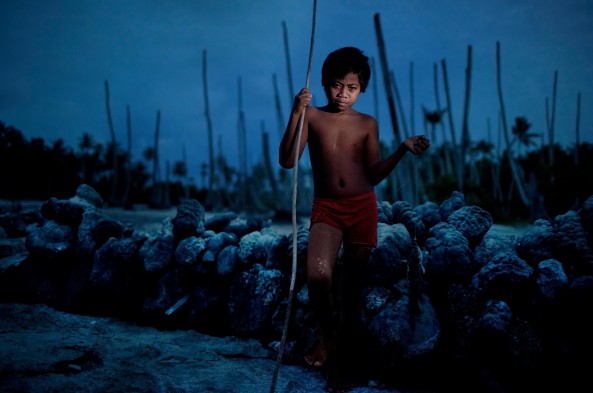During my career, I have worked for NGOs such as Care International and Greenpeace, as well as smaller NGOs that focus on more local issues, such as the DC Central Kitchen. Separately, I’ve worked with the corporate suppliers of NGOs — like Motorola and Glaxo — who see value in associating themselves with charities and non-profit causes. So, as a photojournalist, which is the better route to take professionally?
I’ve had good experiences with both NGOs and their suppliers. But for a photojournalist trying to break in to this kind of work, I think the supplier path usually makes more sense.
The Problem with NGOs
Working directly for NGOs is great experience if you can get it. Unfortunately, NGO work is in high demand among photojournalists building out their portfolios. NGOs recognize that in many cases (not all), the photographer benefits more from the relationship than the NGO.
So, when you approach an NGO for work, you will need to overcome their doubts over your true motivation for working with them. Even then, unless you are James Nachtwey, these organizations tend to place a lot of rules and restrictions on the relationship.
As a photojournalist, there are certain things you want to achieve in your career, and specifically, from your work with an NGO. Your list might look something like this:
- Recognition for producing work that makes a difference.
- Strong material for your portfolio that will lead to more work.
- To get paid.
- Material for a book project or editorial assignment.
- A simple sense of satisfaction and being able to help.
With NGOs, all these things are very much in their hands. They can easily restrict access to your subject whenever they want to, demand unreasonable usage terms for the work, demand a percentage of royalties from commercial deals, and so forth.
Look at it from their perspective. They are always looking for sources of funding — and the old line that your work will help increase awareness of their cause which, in turn, will result in more funding, just does not cut it any more. This is certainly true of the larger, more established NGOs. With smaller organizations, this approach may still work, but there are no guarantees.
Working with an NGO Supplier
As a photojournalist, your aim should be to remove as much dependency on the NGO as possible, while still getting access to your subject. I’ve found that a good way to do this is to work with an NGO’s suppliers rather than the NGO itself.
NGO suppliers are often large corporations, devoting some aspect of their time and/or budget to social and humanitarian responsibility. They may supply food, medicines, tents, bedding, water pumps, generators, financing, political influence, transportation, books for children, building materials and tools, or communications equipment. And they are regularly looking for opportunities to be seen making such efforts. It’s good for business. And a good photojournalist can help them deliver that message.
Where can information be found on such organizations? Take a look at www.devdir.org, www.onphilanthropy.com and www.thecro.com. You will need to do some research and make some contacts within the organizations you want to work with.
This kind of project is about establishing a working relationship with a valuable partner, getting to do what you want to do, and getting paid to do so. Yes, there is work involved, but if you are passionate about it, and committed to a cause, it should not feel like work.
By doing your work through the NGO suppliers, the NGOs still benefit, but not at their expense — or yours. You get to work in a freer, more creative environment with a better budget and more control over what you produce. The only real requirement is to show the supplier’s products or services in a positive way. Other than that, once you are on the ground in a remote environment, the NGO team is likely to give you the freedom to take the shots you want.
Whichever path you choose to follow, I encourage photojournalists to pursue more assignments based on their value to the subject, rather than the bottom line. Yes, earning a living is critical for us to be able to continue doing what we do. But few things are more rewarding than helping the causes we believe in through our work.
Originaly posted August 20 | By Mike Fox | Posted in Photojournalism | Print This Post

